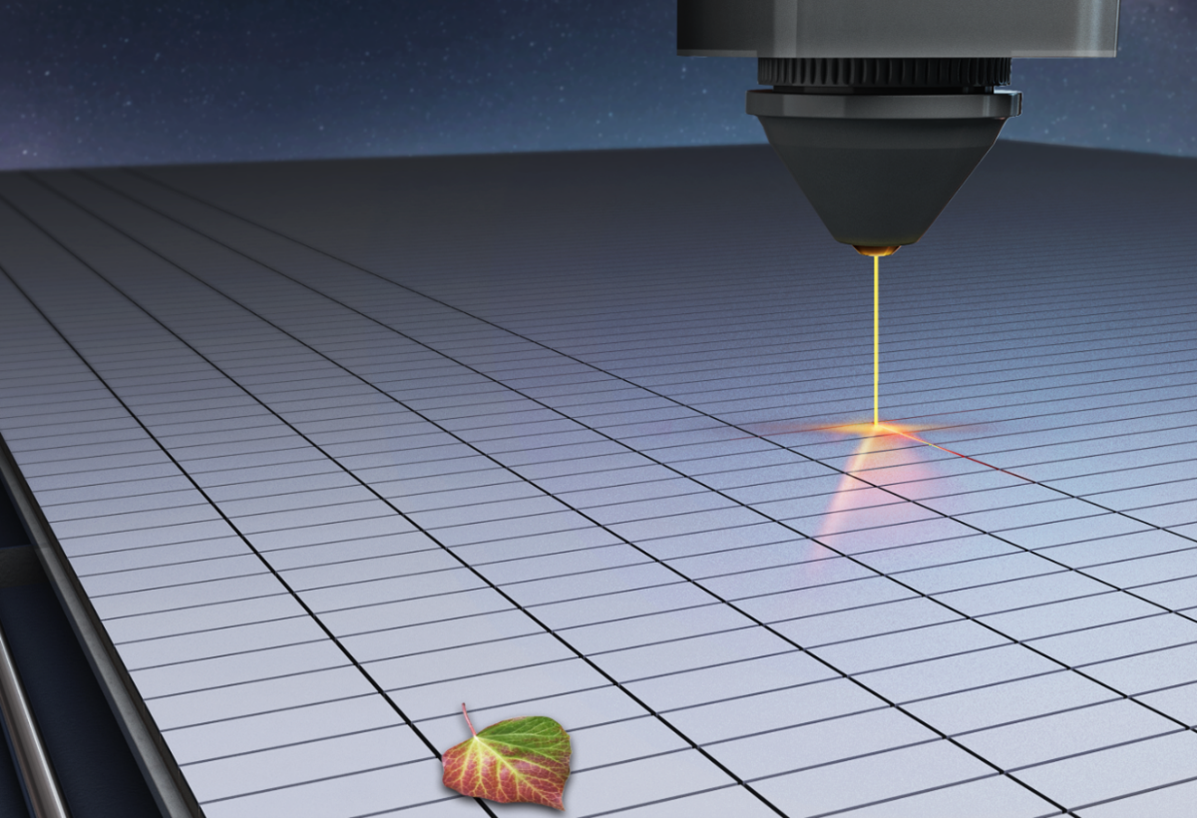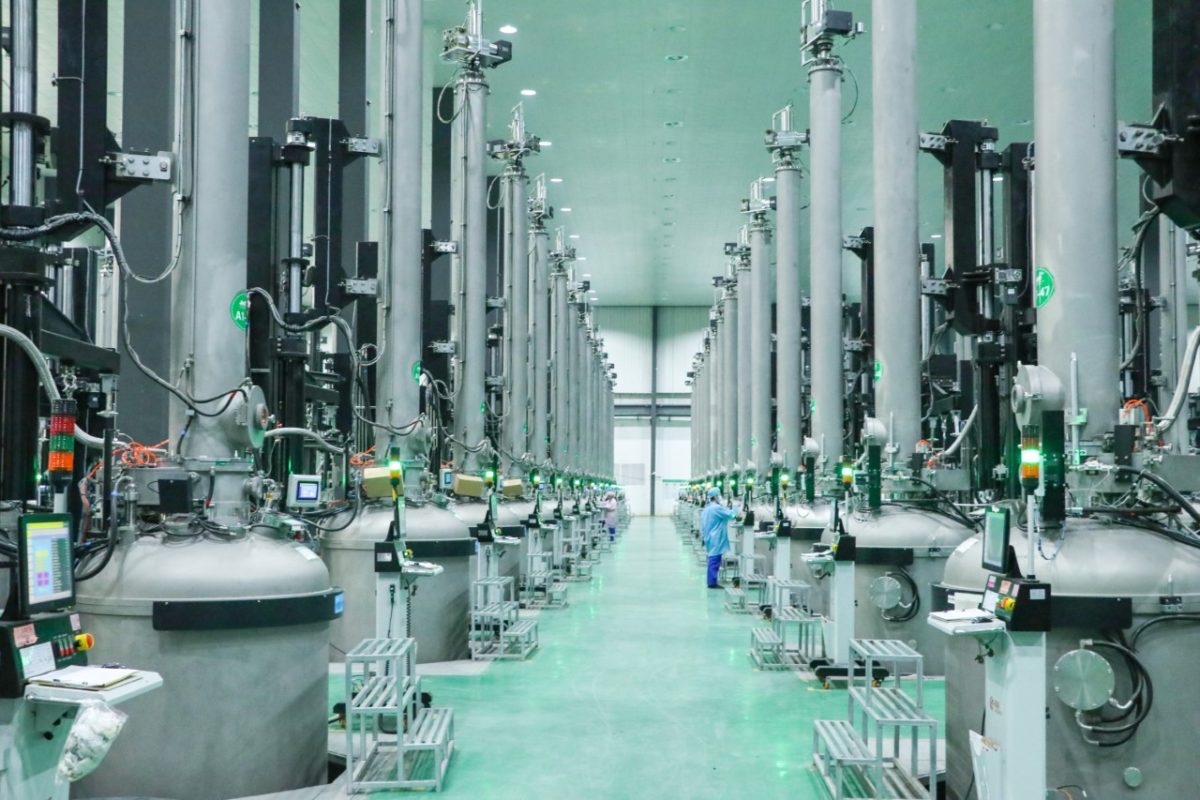https://www.pv-magazine-australia.com/2022/08/01/reverse-bias-a-hidden-challenge-for-perovskite-solar-cell-stability/

Perovskite devices may be especially susceptible to damage from reverse bias, commonly caused by partial shading.
Image: UNSW
Stability issues with perovskite solar cells have been well documented, even as the technology has continued to reach impressive efficiency levels. Much of the research focused on improving stability to date has focused on the issues that arise under normal operating conditions – for example sensitivity to oxygen and moisture, which can be solved through encapsulation, or degradation under UV light, which can be solved with reflective coatings.
Other issues, some only recently noted, may present a more serious challenge to developing perovskite devices that can stand up to outdoor deployment for years and even decades. “…thermal degradation and reverse-bias instability are remaining issues that pose challenges even for intrinsically much more stable silicon cells, suggesting that innovative approaches may be required to satisfactorily address these for perovskite cells,” state the authors of a new paper addressing the topic.
Reverse bias is caused for example when an individual cell is shaded and other cells in the module try to push a higher current through it. Recent research has shown this itself can cause damage to the shaded cell, and also lead to an increase in temperature causing further damage.
New research from Australia’s University of New South Wales (UNSW) outlines how perovskite solar cells are vulnerable to this problem, particularly since they typically dissipate heat much more slowly than silicon, and many of the typical component materials can begin to degrade at temperatures as low as 60 C. In the paper “Combatting temperature and reverse-bias challenges facing perovskite solar cells,” published in Joule, UNSW scientists Dongchen Lan and Martin Green outline the vulnerabilities relating to reverse bias in full, and begin to suggest solutions.

Stress management
Noting that making the actual materials less susceptible to reverse bias damage would be much more difficult, the scientists first recommend design approaches that would simply avoid the risk of it occurring: Adding a bypass diode to each individual cell would offer significant protection, and if combined with altering the module interconnection layout so that current flows across the cell widths, and possibly an additional component to aid in heat dissipation, Lan estimates that this should limit temperature increases to 40 C in most conceivable field situations.
And for perovskite-silicon tandem cells, in particular, tuning the bandgap of the perovskite cell, to make it slightly lower than the optimal value to match the current in the silicon, could be another effective strategy without significant costs. “This is to prevent the silicon cell generating substantially more current than the perovskite cell under some conditions, driving it into reverse bias.”
This content is protected by copyright and may not be reused. If you want to cooperate with us and would like to reuse some of our content, please contact: editors@pv-magazine.com.
<




